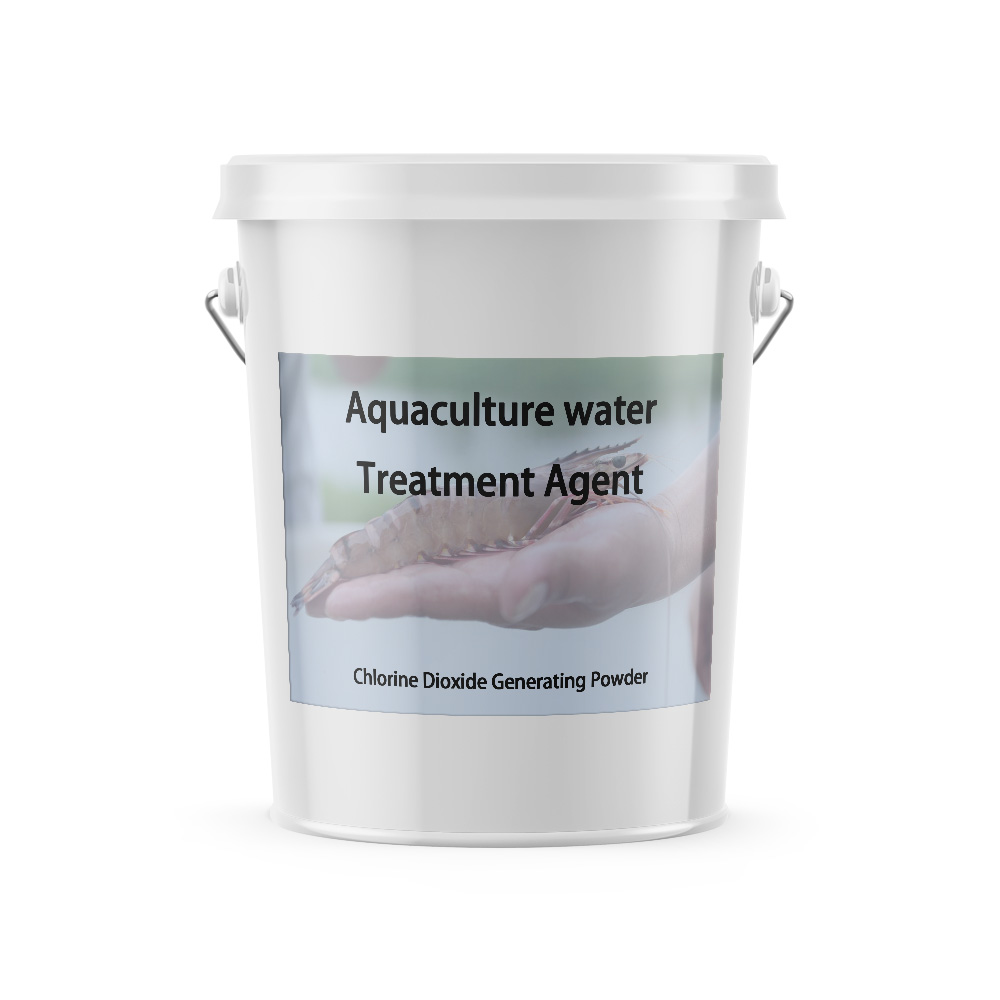



Safety Data Sheet for 10% Sodium Hydroxide Solution and its Handling Guidelines
Safety Data Sheet for 10% Sodium Hydroxide
Introduction
Sodium hydroxide, commonly known as lye or caustic soda, is a highly versatile and widely used chemical in various industries, including pharmaceuticals, food production, and waste management. This article focuses on a 10% sodium hydroxide solution, which is a common concentration employed in many applications. Understanding the properties, hazards, and safety precautions associated with this substance is crucial for anyone handling it.
Chemical Properties
10% sodium hydroxide solution is characterized by its strongly alkaline nature, with a pH level typically around 13. It is a clear, colorless to light yellow liquid that is highly soluble in water. This solution is prepared by diluting solid sodium hydroxide with distilled water. Due to its high pH, sodium hydroxide is effective for neutralizing acids and is widely used in chemical synthesis and as a cleaning agent.
Health Hazards
Sodium hydroxide is classified as a hazardous substance. The primary health risks associated with exposure to a 10% sodium hydroxide solution include severe chemical burns to skin and eyes, respiratory issues if vapors are inhaled, and gastrointestinal damage if ingested. Symptoms of overexposure may include irritation, redness, swelling, and blistering of the skin. In the case of eye exposure, it can result in severe damage, including potential blindness.
Environmental Hazards
As an alkaline substance, sodium hydroxide can pose risks to aquatic life if released into water bodies. It can increase the pH of the water, adversely affecting fish and other organisms. Proper disposal methods are essential to mitigate these environmental risks, and one should heed local regulations regarding hazardous waste management.
10 sodium hydroxide sds

Personal Protective Equipment (PPE)
When handling a 10% sodium hydroxide solution, proper PPE is crucial to minimize exposure risks. Recommended PPE includes
- Gloves Chemical-resistant gloves made of materials such as nitrile or neoprene must be worn to protect the hands from burns. - Eye Protection Safety goggles or a face shield should be used to prevent splashes from contacting the eyes. - Clothing Wear long-sleeved lab coats or aprons made from chemical-resistant materials. - Respiratory Protection If there is a risk of inhalation, a suitable respirator should be utilized.
First Aid Measures
In the event of exposure to 10% sodium hydroxide, immediate first aid measures are essential
- Skin Contact Rinse the affected area with plenty of water for at least 15 minutes. Remove contaminated clothing and seek medical attention. - Eye Contact Flush the eyes with water or saline solution for at least 15-20 minutes, holding the eyelids open. Seek emergency medical assistance immediately. - Inhalation Move the affected person to fresh air. If breathing is difficult, administer oxygen and seek medical help. - Ingestion DO NOT induce vomiting. Rinse the mouth with water and seek medical attention immediately.
Conclusion
Handling a 10% sodium hydroxide solution requires strict adherence to safety protocols due to its hazardous nature. Proper training and understanding of the chemical properties, potential hazards, and appropriate safety measures are critical in preventing accidents and ensuring a safe working environment. Always consult the Safety Data Sheet (SDS) before using chemicals, as it provides essential information on handling, storage, and emergency measures. With responsible usage and adequate precautions, sodium hydroxide can be a valuable tool in various industrial applications.
-
Why Sodium Persulfate Is Everywhere NowNewsJul.07,2025
-
Why Polyacrylamide Is in High DemandNewsJul.07,2025
-
Understanding Paint Chemicals and Their ApplicationsNewsJul.07,2025
-
Smart Use Of Mining ChemicalsNewsJul.07,2025
-
Practical Uses of Potassium MonopersulfateNewsJul.07,2025
-
Agrochemicals In Real FarmingNewsJul.07,2025
-
Sodium Chlorite Hot UsesNewsJul.01,2025










